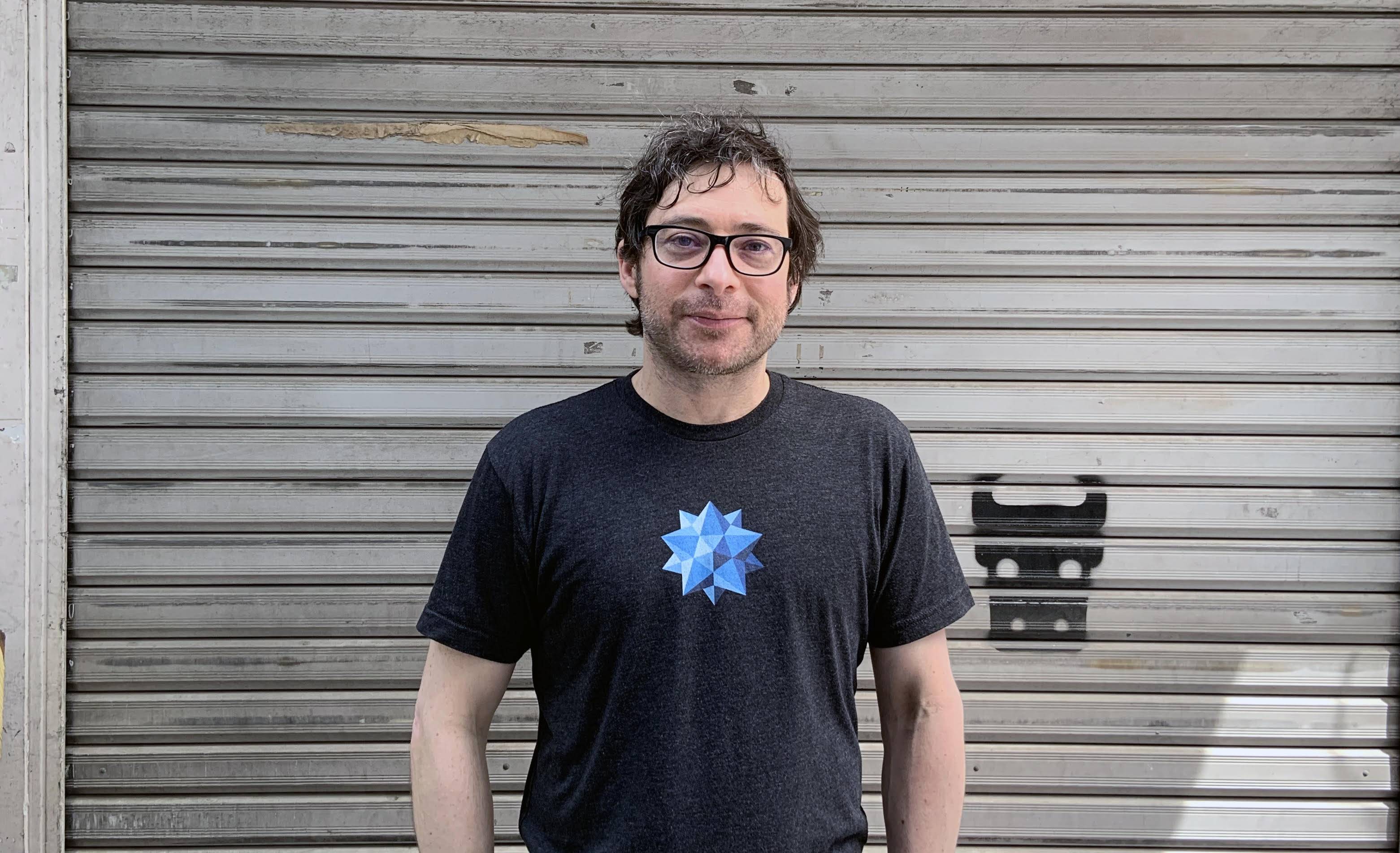Todd Silverstein was a consulting producer for HBO’s Emmy-winning “Silicon Valley,” an editor for several New York Times bestsellers and a serial tech entrepreneur with several successful startups under his belt. Together with Mariko Nishimura, an IBM and Adobe alum, Silverstein has launched Naro, a company offering paid on-demand streaming courses that showcase Japanese culture.
1. What was your introduction to Japan and its culture? I began my career in publishing and have been into literature and poetry since I was young. So it was actually learning about traditional Japanese poetic forms (haiku and tanka) that first awakened my interest in Japan. Like a lot of people, I first visited as a tourist, and traveling around (and seeing all the interesting things happening in modern poetry here) awoke a desire to return and spend time here.
2. When did you decide to leave Hollywood and move to Japan? Before coming to Japan, I’d been working in Los Angeles as a consulting producer on HBO’s “Silicon Valley,” and when that show came to its end, I realized I didn’t want to stay in L.A. In a case of lucky timing, a friend at a startup in Tokyo was looking for help managing a new product and engineering team and offered me the role. It sounded like an adventure, so I accepted!

















With your current subscription plan you can comment on stories. However, before writing your first comment, please create a display name in the Profile section of your subscriber account page.